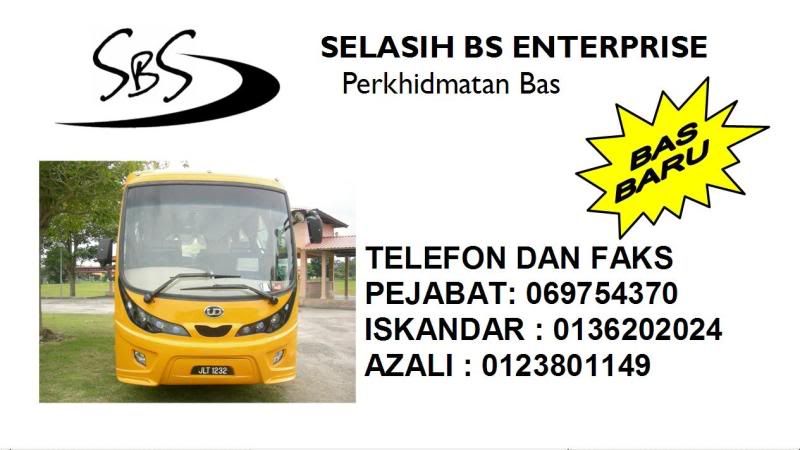BACK in the late 1800s, Maharaja Abu Bakar encouraged the migration of settlers from Java and other districts to Muar. The choice area was Padang, an area that extended from the town to Parit Jawa. The settlers -- a mix of Malays and Javanese -- were a hardworking agricultural population, cultivating coconuts, areca nuts, tapioca, fruits and vegetables and later rubber. Those who settled by the sea became fishermen.
| The Muar State Railway was a transport monopoly and a profitable enterprise during its heyday. |
| A Muar State Railway locomotive is preserved at Dataran Tanjung Emas to serve as a reminder of its glory days. |
The primary mode of transport for carrying their produce then was waterborne, using the many canals which they had dug for drainage purposes.
Small jetties were constructed at the coastal areas of Parit Jawa and Parit Bakar as the settlers wanted to have a more efficient means of transport to the port of Muar.
Maharaja Abu Bakar, who desired to make Muar a showpiece of his administration, had later introduced a light railway to Padang.
In 1888, he appointed the firm of Paterson and Simons of Singapore, under the supervision of Public Works and Survey director Walter F. Garland, to construct a light railway of 76cm gauge between Bandar Maharani and Padang.
After a few months, the contract was however withdrawn due to unsatisfactory work performance.
Malay and Javanese labourers were hired for the rail construction. The tracks spanning a distance of 8km to Parit Bakar were completed in 1890. The rails were imported from Jones, Burton & Co, London.
The first locomotive was imported from the United States.
Originally, the railway consisted of seven goods wagon, two covered wagons and two passenger wagons. Maximum speed was 20km per hour.
The railway was known as Keretapi Kerajaan Muar (Muar State Railway). Its superintendent was J.C. Campbell, a former manager of Selangor Government Railway.
There were two station masters, one in Bandar Maharani and the other in Parit Jawa.
The foreman and fitter were expatriates. The other 16 workers were recruited from among the Malays and Javanese. Notable among them was Ismail Bachuk, the assistant superintendent and manager who went on to become the commissioner of police and later the state secretary.
In 1913, the railway line was extended by 5km to Parit Jawa, and a further 6km to Sungei Pulai in 1914.
The terminal and workshop at Bandar Maharani was at Tangga Batu, with four main stations at Parit Bakar, Parit Jawa, Parit Pechah and Sungei Pulai, and eight temporary stations along the way.
It had five services daily between Bandar Maharani-Sungei Pulai-Bandar Maharani. Three locomotives were used between 1890 and 1915.
In 1912, a new locomotive from Munalet Engine Works London was acquired for passenger coaches, which consisted of one saloon-class, two-second class and four third-class coaches. A notable feature of the service was free transport for students at the Government English School.
The Muar State Railway was a transport monopoly and was a profitable venture. Revenue in 1911 was $42,000 and increased to $100,000 in 1916. Business was so good, there was a proposal in 1916 to acquire two American locomotives and extend the lines to Batu Pahat.
However, the plan was overambitious. The area after Parit Jawa was soft peat and rock fill from nearby Bukit Mor had no effect on the soil. It proved costly and was stopped in 1917. The drains along the tracks were not maintained properly, causing the flooding of smallholdings.
Timber bridges were not repaired due to the high cost of timber. Mechanical maintenance was negligible as staff had no training although they had the experience. Level crossings in the town were lacking. A proposal to shift the main terminal to Jalan Arab fell through. Welfare of workers including accommodation was not looked into. All these and the slowness of the train which stopped at all stations did not augur well for the railway.
Another significant factor affecting the railway was the decline in the price of rubber in the middle of 1918.
The final blow was the extension of Jalan Abdul Rahman -- a coastal road parallel to the railway from Bandar Maharani to Parit Jawa -- in 1918. Farmers preferred to use it as it saves time and was more convenient. The monopoly of Muar State Railway was finally broken and in 1921, the railway ceased operations.
The railway tracks were removed and replaced with a road known as Jalan Temenggong Ahmad, named after the state commissioner of Muar from 1929 to 1936.
A locomotive of the Muar State Railway now stands at Dataran Tanjung Emas as a reminder of its glory days.
SOURCE: JOHOR BUZZ, NST 4 MAY 2009




















Tiada ulasan:
Catat Ulasan